Filter by
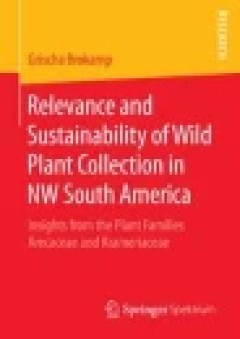
Relevance and Sustainability of Wild Plant Collection in NW South America
This study focuses on understanding the socio-economic relevance of plant resources collected from the wild and its relation to current patterns of trade and sustainability. Grischa Brokamp reviews and analyzes the current extent of palm trade in northwestern South America, its impact, limitations and future perspective. Indeed there are conflicts between the commercialization of wild plant res…
- Edition
- -
- ISBN/ISSN
- -
- Collation
- -
- Series Title
- -
- Call Number
- -
Reasoning and Public Health: New Ways of Coping with Uncertainty
This book argues that in order to be truly effective, public health must embrace a group of reasoning strategies that have traditionally been characterized as informal fallacies. It will be demonstrated that these strategies can facilitate judgements about complex public health issues in contexts of uncertainty. The book explains how scientists and lay people routinely resort to the use of the…
- Edition
- 1
- ISBN/ISSN
- 978-3-319-15013-0
- Collation
- XIII, 242
- Series Title
- -
- Call Number
- 153
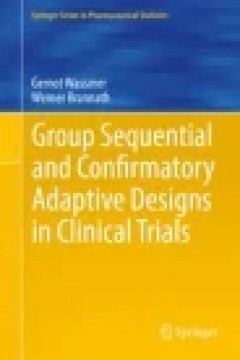
Group Sequential and Confirmatory Adaptive Designs in Clinical Trials
This book provides an up-to-date review of the general principles of and techniques for confirmatory adaptive designs. Confirmatory adaptive designs are a generalization of group sequential designs. With these designs, interim analyses are performed in order to stop the trial prematurely under control of the Type I error rate. In adaptive designs, it is also permissible to perform a data-driven…
- Edition
- -
- ISBN/ISSN
- 978-3-319-32560-6
- Collation
- XVI, 301
- Series Title
- -
- Call Number
- -
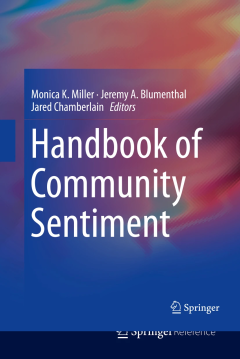
Handbook of Community Sentiment
This volume is the most comprehensive reference book on community sentiment available. The classic book about community sentiment is Norm Finkel’s “Commonsense Justice: Jurors’ Notions of the Law” (1995). A similarly influential book called “Justice, Liability, and Blame” was published at the same time, examining lay sentiment about a variety of criminal issues and suggesting way…
- Edition
- 1
- ISBN/ISSN
- 978-1-4939-1898-0
- Collation
- XIV, 291
- Series Title
- -
- Call Number
- 150 HAN
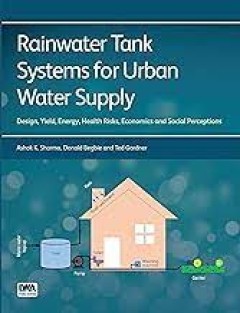
Rainwater Tank Systems for Urban Water Supply Design, Yield, Energy, Health …
Rainwater tank systems have been widely adopted across the world to provide a safe local source of water in underdeveloped rural areas, and as a substitution for mains water for non potable end uses in water stressed urban areas. They also provide flood control in monsoonal climates like Korea or in combined sewer systems like in Germany. The importance of these systems in cities has grown, as …
- Edition
- -
- ISBN/ISSN
- 9781780405360
- Collation
- -
- Series Title
- -
- Call Number
- -
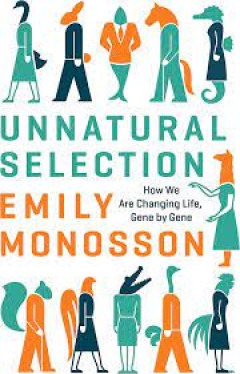
Unnatural Selection: How We Are Changing Life, Gene by Gene
Gonorrhea. Bed bugs. Weeds. Salamanders. People. All are evolving, some surprisingly rapidly, in response to our chemical age. In Unnatural Selection, Emily Monosson shows how our drugs, pesticides, and pollution are exerting intense selection pressure on all manner of species. And we humans might not like the result. Monosson reveals that the very code of life is more fluid than once imagined.…
- Edition
- 1
- ISBN/ISSN
- 978-1-61091-500-7
- Collation
- VIII, 189
- Series Title
- -
- Call Number
- 24 b/w illustrations
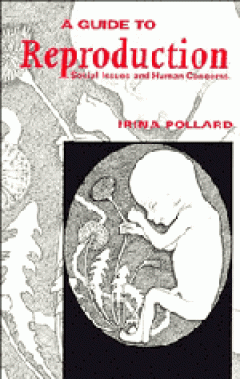
A Guide to Reproduction Social Issues and Human Concerns
The purpose of this comprehensive text is to increase awareness of human reproduction and its consequences. The central theme links reproductive capacity, the social consequences of the multiple stresses this places on the environment and the ways this relates back to the reproductive health of humans and other animals. In the first section, the biology of human reproduction is discussed, inclu…
- Edition
- -
- ISBN/ISSN
- 9780511608582
- Collation
- -
- Series Title
- -
- Call Number
- -

Porous Carbons “ Hyperbranched Polymers “ Polymer Solvation
The series Advances in Polymer Science presents critical reviews of the present and future trends in polymer and biopolymer science. It covers all areas of research in polymer and biopolymer science including chemistry, physical chemistry, physics, material science. The thematic volumes are addressed to scientists, whether at universities or in industry, who wish to keep abreast of the importan…
- Edition
- 1
- ISBN/ISSN
- 978-3-319-13617-2
- Collation
- VII, 216
- Series Title
- Advances in Polymer Science (POLYMER)
- Call Number
- 628.4 LON p

Porous Organic Frameworks: Design, Synthesis and Their Advanced Applications
This book describes the design, synthesis, characterization and applications of porous organic frameworks (POFs). Special emphasis is placed on the utilization of porous materials for CO2 capture and CH4 and H2 storage, which have promising potential for addressing the issues of environmental degradation and climate change. It also includes two chapters introducing the properties of POFs and de…
- Edition
- 1
- ISBN/ISSN
- 978-3-662-45456-5
- Collation
- IX, 128
- Series Title
- SpringerBriefs in Molecular Science (BRIEFSMOLECULAR)
- Call Number
- 620.116 ZHU p
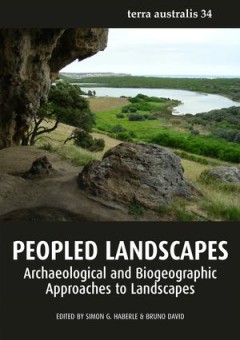
Peopled Landscapes: Archaeological and Biogeographic Approaches to Landscapes
This impressive collection celebrates the work of Peter Kershaw, a key figure in the field of Australian palaeoenvironmental reconstruction. Over almost half a century his research helped reconceptualize ecology in Australia, creating a detailed understanding of environmental change in the Late Pleistocene and Holocene. Within a biogeographic framework one of his exceptional contributions was t…
- Edition
- -
- ISBN/ISSN
- 9781921862724
- Collation
- -
- Series Title
- -
- Call Number
- 930.1 HAB p
 Computer Science, Information & General Works
Computer Science, Information & General Works  Philosophy & Psychology
Philosophy & Psychology  Religion
Religion  Social Sciences
Social Sciences  Language
Language  Pure Science
Pure Science  Applied Sciences
Applied Sciences  Art & Recreation
Art & Recreation  Literature
Literature  History & Geography
History & Geography